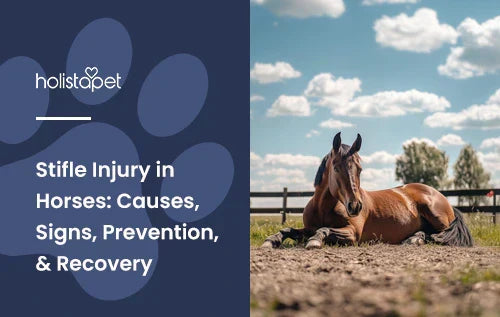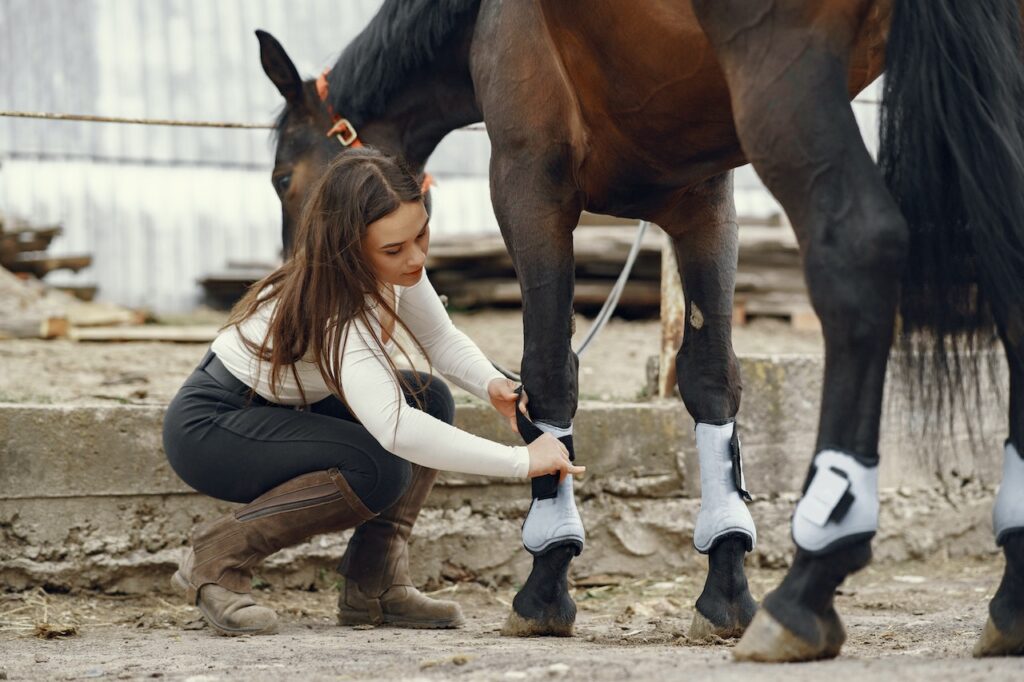How to Check Your Horse for Injuries: A Detailed Guide

Caring for your horse’s health is essential, and knowing how to properly check for injuries can prevent minor issues from becoming serious problems. This guide will walk you through the steps to effectively examine your horse, recognize signs of injury, and take appropriate action.
Why Regular Injury Checks Are Important
Regularly inspecting your horse helps catch injuries early, ensuring prompt treatment and reducing the risk of complications. Horses are prey animals and often hide pain, so a thorough check is crucial.
Step-by-Step Guide to Checking Your Horse for Injuries
| Step | What to Do | What to Look For |
|---|---|---|
| 1 | Approach calmly and observe | Watch for limping, swelling, or unusual behavior |
| 2 | Conduct a visual inspection | Look for cuts, bruises, swelling, heat, or discharge |
| 3 | Palpate the limbs and body | Feel for heat, swelling, or pain responses |
| 4 | Check the hooves | Look for cracks, stones, or signs of thrush |
| 5 | Monitor movement | Walk and trot your horse to detect lameness |
Key Signs of Injury to Watch For
- Swelling: Indicates inflammation or fluid buildup.
- Heat: A sign of infection or inflammation.
- Pain or sensitivity: Your horse may flinch or pull away.
- Cuts or abrasions: Open wounds that need cleaning.
- Lameness: Uneven gait or reluctance to move.
Tools and Supplies to Have Ready
- Clean cloths or towels
- Antiseptic solution
- Bandages and wraps
- Hoof pick
- Thermometer
- First aid kit
Frequently Asked Questions (FAQ)
Q1: How often should I check my horse for injuries?
A: Ideally, perform a quick check daily, especially after exercise or turnout.
Q2: When should I call a veterinarian?
A: If you notice severe swelling, deep wounds, persistent lameness, or signs of systemic illness like fever.
Q3: Can I treat minor injuries at home?
A: Yes, with proper cleaning and bandaging, but monitor closely for signs of infection.
Q4: How do I safely handle a horse during an injury check?
A: Approach calmly, speak softly, and avoid sudden movements to keep your horse relaxed.
Summary
Regular injury checks are vital for your horse’s well-being. By following these steps and knowing what signs to look for, you can ensure your horse stays healthy and happy. Always be prepared with the right tools and don’t hesitate to seek professional help when needed.
Taking the time to learn and perform thorough injury checks can make a significant difference in your horse’s health and recovery. Stay vigilant and proactive!
